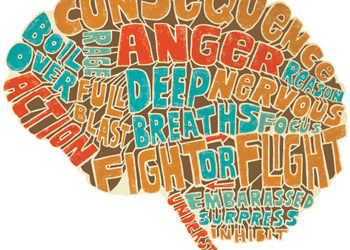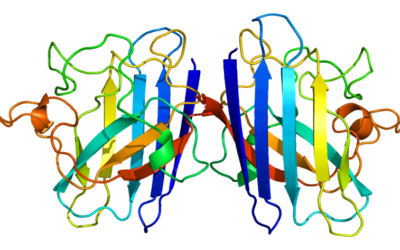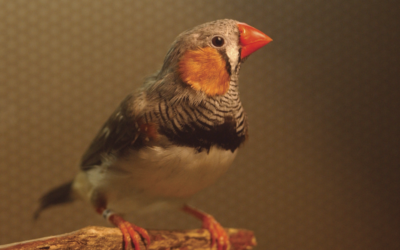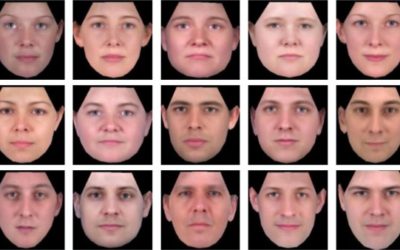
Neurology & Neuroscience
Gene Therapy’s Road to Redemption
Pediatrics Nationwide magazine
Fifteen years ago, gene therapy suffered a highly visible fatality, leaving the field in shambles. Now, one team’s efforts at gene therapy for muscular dystrophy suggest the field may finally be on track to deliver on its initial promise.
Angry Brains
Sarah Lawrence Magazine
People fight because of how they feel, whether angry, afraid, or threatened. Can understanding what’s happening in our brains help us control destructive emotions?
Anti-Alzheimer’s gene may have led to the rise of grandparents
Science magazine
Evolutionarily speaking, we are born to make babies. Our bodies—and brains—don’t fall apart until we come to the end of our child-bearing years. So why are grandmothers, who don’t reproduce and who contribute little to food production, still around and still mentally sound?
Therapy Slows Onset and Progression of Lou Gehrigs Disease, Study Finds
Nationwide Children’s Hospital
Studies of a therapy designed to treat amyotrophic lateral sclerosis (ALS) suggest that the treatment dramatically slows onset and progression of the deadly disease, one of the most common neuromuscular disorders in the world.
Researchers Identify Potential New Drug for Neurodegenerative Disease
Harvard Medical School
Scientists have discovered a small molecule that helps human cells get rid of the misfolded, disfigured proteins implicated in Alzheimer’s disease and other neurodegenerative ailments. This potential drug could have applications for other conditions as well.
Discovery of New Form of Dystrophin Protein Could Lead to Therapy for Some DMD Patients
Nationwide Children’s Hospital
Scientists have discovered a new form of dystrophin, a protein critical to normal muscle function, and identified the genetic mechanism responsible for its production. Studies of the new protein isoform suggest it may offer a novel therapeutic approach for some patients with Duchenne muscular dystrophy.
Baby birds’ babbling finally makes sense
Boston Globe
New research from MIT suggests a specialized brain circuit is behind the male songbirds’ early ramblings, and may also underlie the nonsensical noises made by their human counterparts.
Why beauty is in the eye of the beholder
Science magazine
They say beauty is in the eye of the beholder. But whether the beholder’s opinion is a product of one’s genes or one’s environment has long been a question for scientists.








